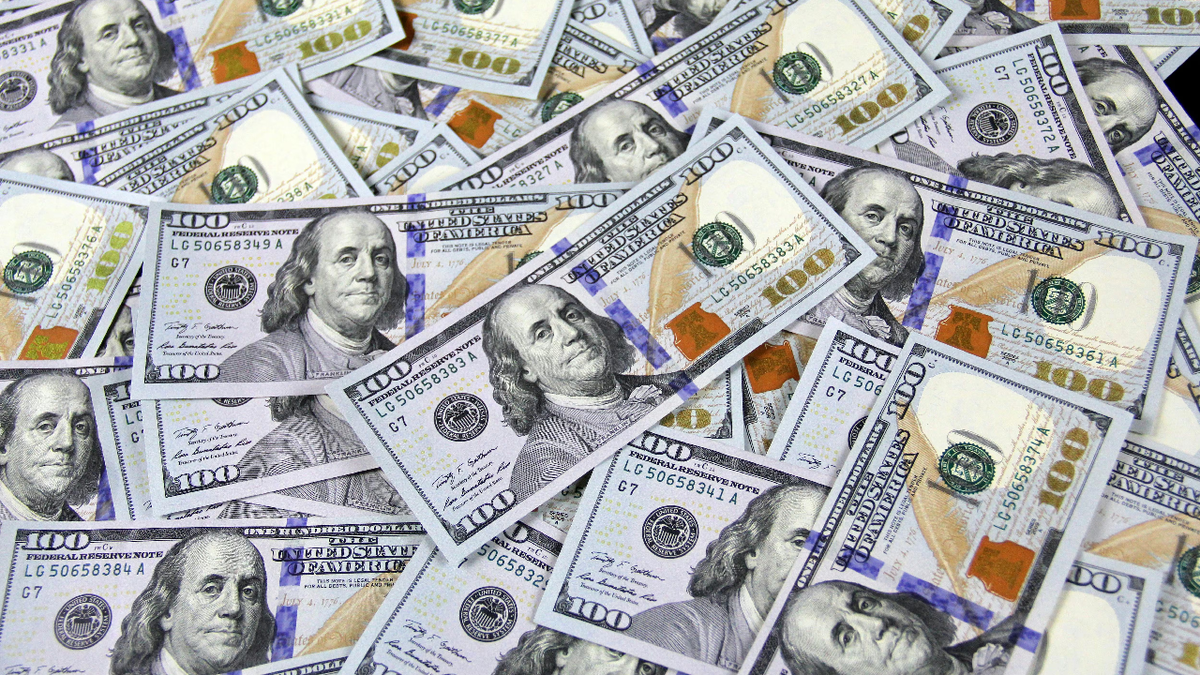The scenario so desired by the national government that the public spending of the Nation, the provinces and the municipalities is only 25% of the Gross Domestic Product (GDP), as stipulated in the May Pact, could only be achieved in the year 2042, depending on the growth potential of the economy, and as long as spending increases below the speed at which activity expands.
This is indicated by a study of Argentine Institute of Fiscal Analysis (IARAF), in which different scenarios are projected in which the goal set by the team could be achieved. Javier Milei, under the condition that there will be no more spending cuts, as it has been doing until now, but rather that it expands at a slower rate than the GDP would.
The study takes into account that depending on the level of expenses of the three levels of government in 2024which would be 33%, In 2025 this would remain the same in terms of GDP, because increases of 5% in expenditures are projected, against an economic growth of the same magnitude.
“You have to relative weight of national public spending could be 17.7% of GDP in 2024, which would imply a decrease of 4 percentage points compared to 2023”, indicates the study.
iaraf-pacto-mayo.png
In that sense, it is proposed that “the relative weight of provincial public spending could be 12.9% of GDP, which would result in a decrease of 2.5 points. At the municipal level, it could be 2.9%, decreasing 0.6 points.”
“If these projections are met, the relative weight of Argentine consolidated public spending could decrease by 7.1 percentage points of GDP, falling from 40.6% of GDP in 2023 to 33.5% of GDP in 2024,” estimates the IARAF.
Chainsaw: three potential scenarios
Starting from the hypothesis that spending will remain constant in terms of GDP in 2025, the entity projects three scenarios with GDP growth of 3%, 4% and 5% from 2026, with a annual increase in spending in real terms of 1.2%, what would be necessary to maintain the same provision of State services in relation to population growth.
The work indicates that, in In the first assumed scenario, the relative weight of spending declines at a slower rate than in the other scenarios and therefore, it is projected that only in the year 2042 a relative level of public spending of 24.8% of GDP would be reached.
In the second scenario, an average annual GDP growth of 4% would be achieved in the year 2036, that is, 6 years earlier than in the previous case and, Finally, in the third assumed scenario (the most optimistic), the objective would be achieved in 2033.
“Yeah If these supposed guidelines were given, 9 years (minimum) would be required for the weight of spending to be similar to that defined as the objective in the May Pact. The average annual decrease in consolidated public spending increases the greater the GDP growth of each scenario,” highlights the IARAF.
In this sense, it is indicated that in scenario 1 the decrease in the relative weight of average consolidated public spending would be approximately 0.5 points per year, in scenario 2, 0.8, and in scenario 3, 1.07 points. of GDP.
Source: Ambito
I’m a recent graduate of the University of Missouri with a degree in journalism. I started working as a news reporter for 24 Hours World about two years ago, and I’ve been writing articles ever since. My main focus is automotive news, but I’ve also written about politics, lifestyle, and entertainment.




